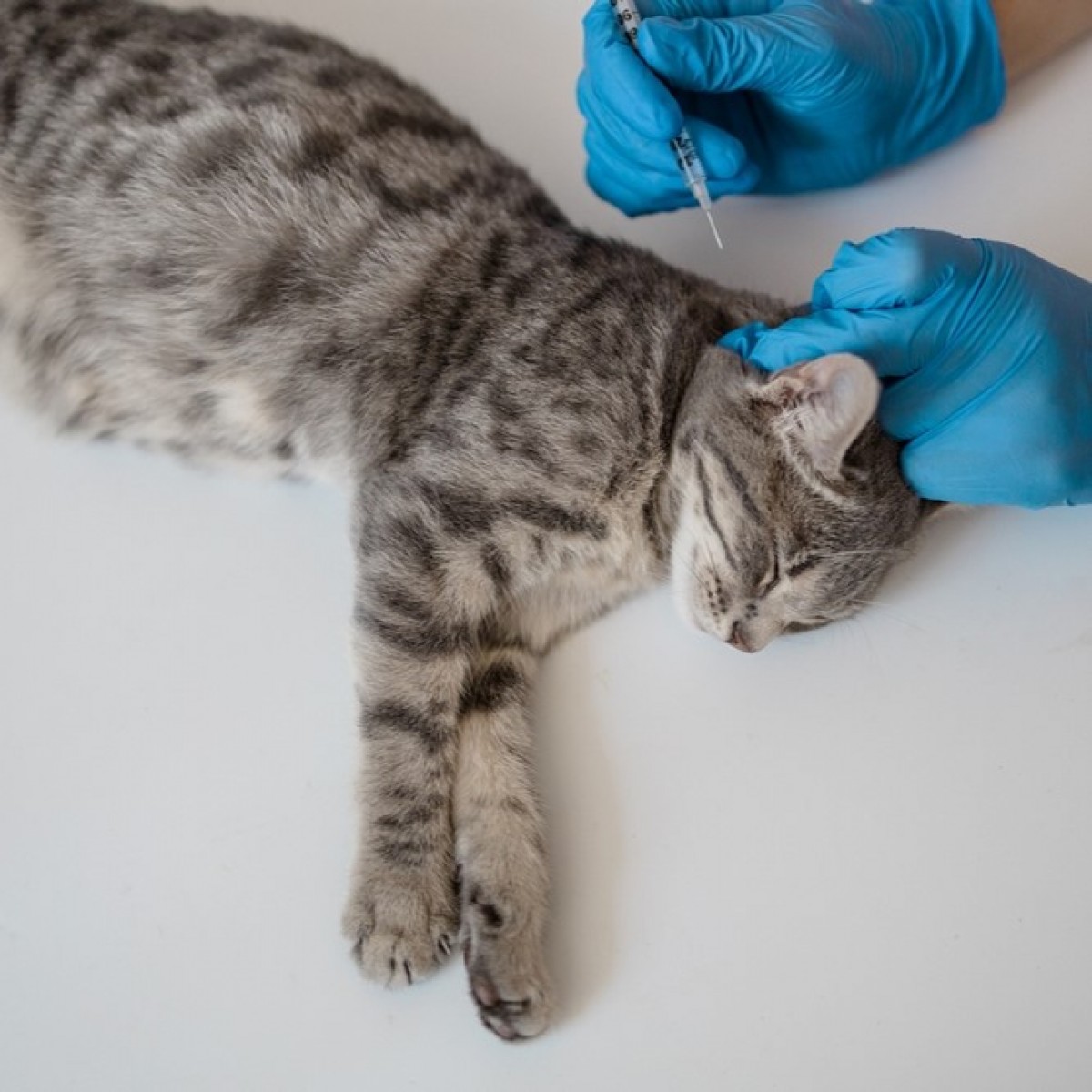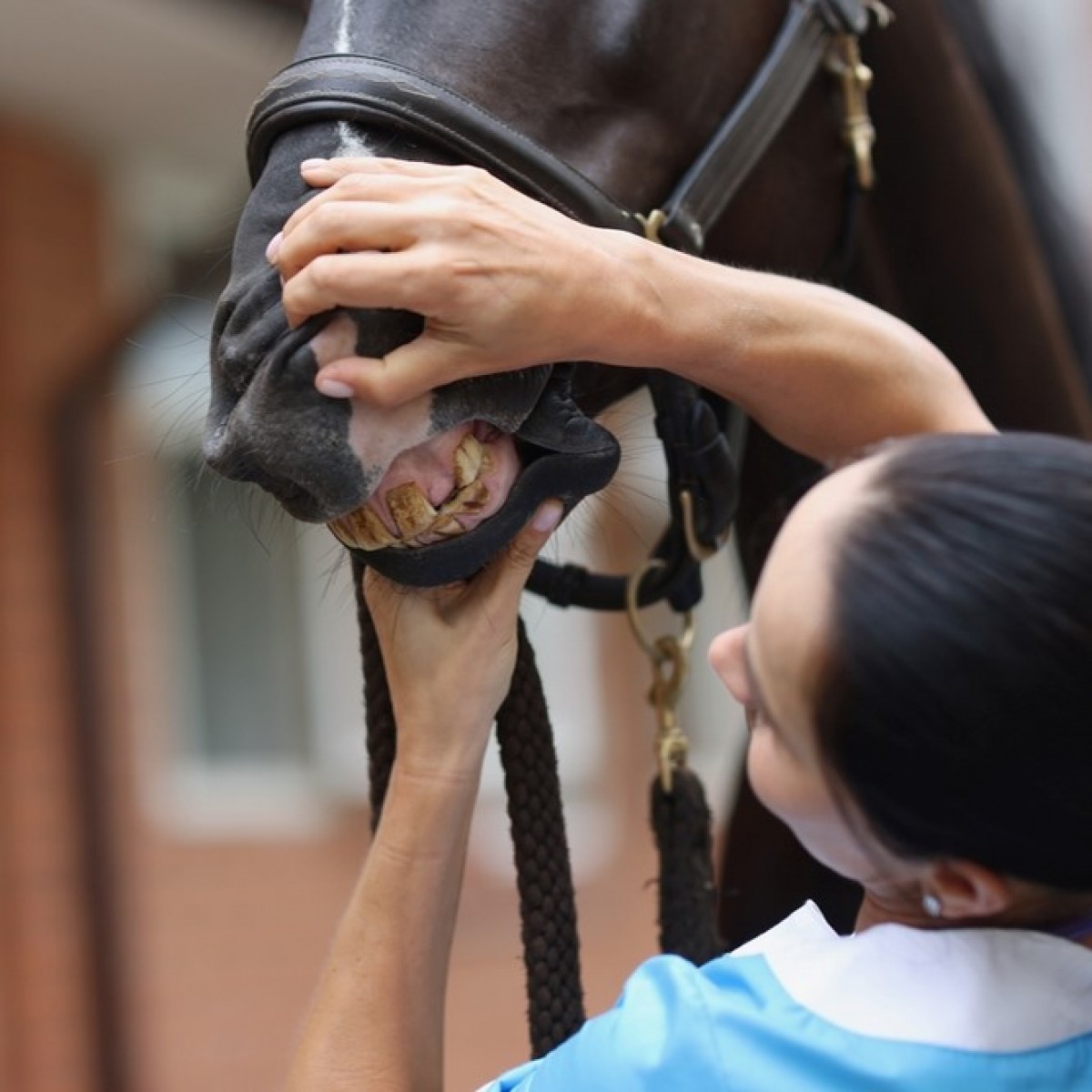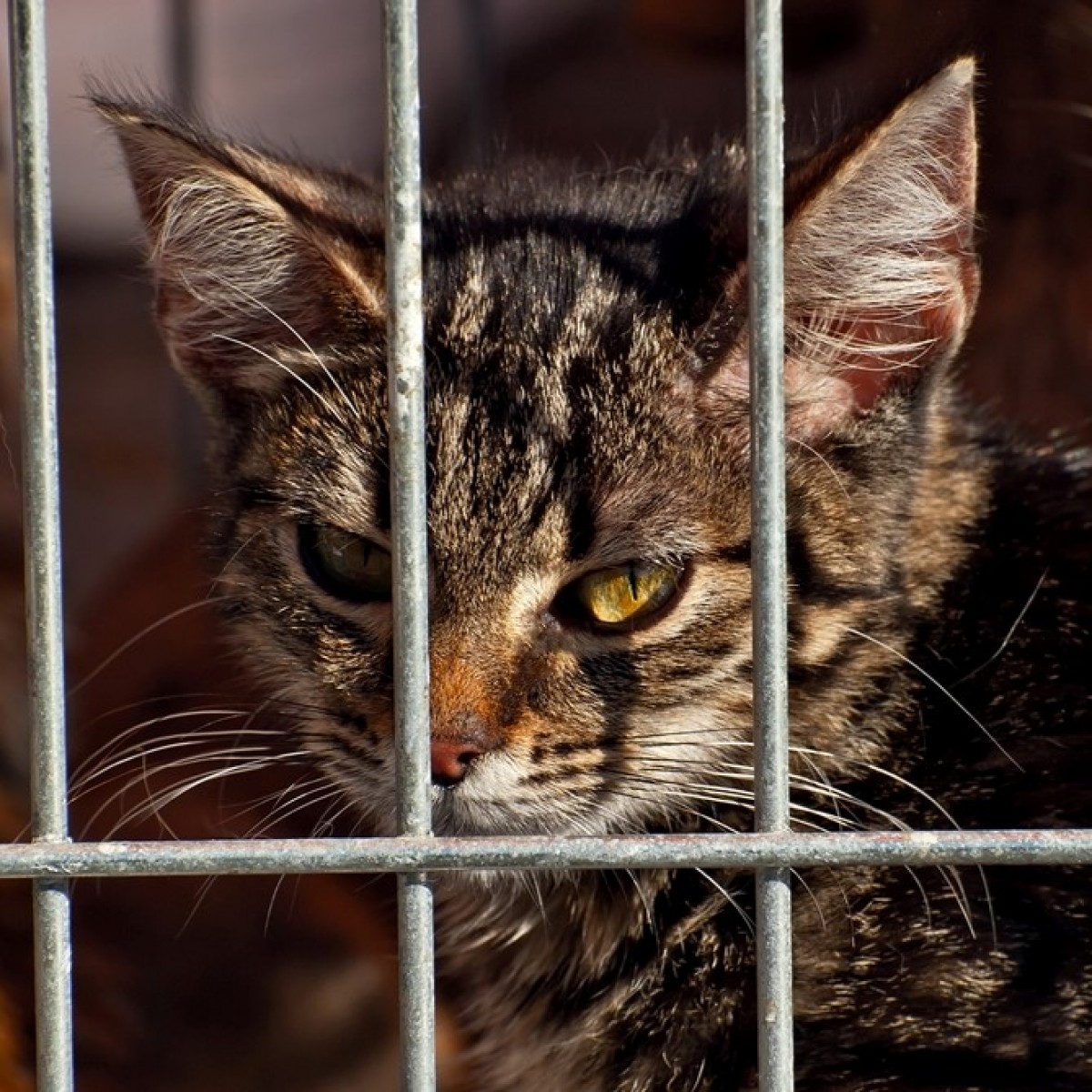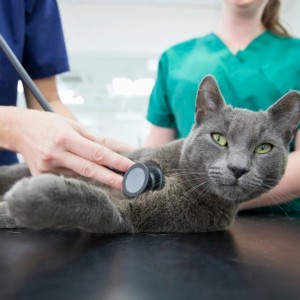Skin fragility in a cat presenting with pituitary-dependent hyperadrenocorticism
The cat had multiple cutaneous lacerations and patchy areas of alopecia.
A case of skin fragility in an 8-year-old domestic shorthair cat with pituitary-dependent hyperadrenocorticism is described. The cat was referred to the Feline Centre at Langford Small Animal Hospital with a 2-month history of multiple skin wounds with no known traumatic aetiology. A low-dose dexamethasone suppression test was performed before referral, which was consistent with hyperadrenocorticism. On presentation, the cat had multiple cutaneous lacerations and patchy areas of alopecia. CT was performed, which revealed a pituitary mass most consistent with pituitary-dependent hyperadrenocorticism. Treatment with oral trilostane was commenced and clinical improvement was observed; however, further extensive skin lesions as a consequence of her skin fragility resulted in euthanasia.
In conclusion, hyperadrenocorticism is an uncommon endocrinopathy of cats; however, it is an important differential for skin thinning and non-healing wounds. Skin fragility remains an important factor in the consideration of appropriate treatment protocols and ongoing quality of life in these patients.
“Skin fragility in a cat presenting with pituitary-dependent hyperadrenocorticism” Lorna Hardy, et al. JFMS Open Rep. 2023 Jun 20;9(1):20551169231171245.














List
Add
Please enter a comment